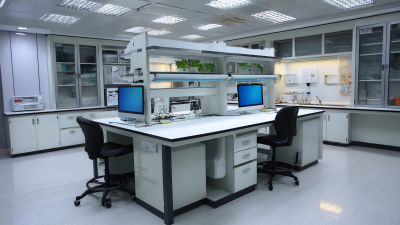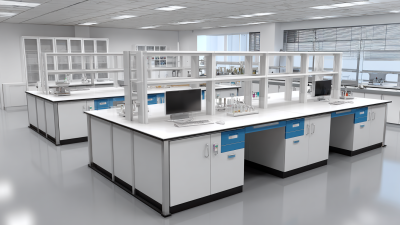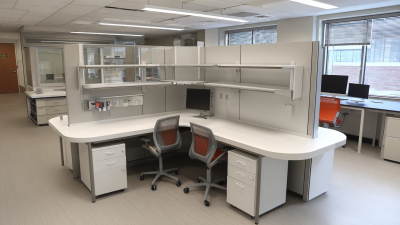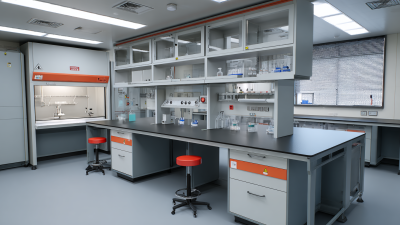In the ever-evolving field of scientific research and education, the significance of Chemistry Lab Furniture cannot be overstated. As laboratories become more sophisticated, the demand for functional, durable, and safe furniture is paramount. Chemistry Lab Furniture encompasses a variety of essential elements, including workbenches, storage solutions, and safety equipment that are specifically designed to meet the rigorous needs of chemistry professionals and students alike. Understanding the critical components of such furniture is crucial for ensuring a productive lab environment.
In 2023, industry insights reveal that the design and functionality of Chemistry Lab Furniture are influenced not only by advancements in scientific methods but also by an emphasis on safety and ergonomics. As laboratories strive to enhance efficiency and foster innovative experimentation, the selection of appropriate furniture plays a pivotal role in achieving these goals. This article aims to provide a comprehensive overview of Chemistry Lab Furniture, highlighting its essential elements and offering practical insights for those looking to optimize their laboratory spaces in the current year. By examining trends and recommendations, readers will be better equipped to make informed decisions that support their research and educational endeavors.
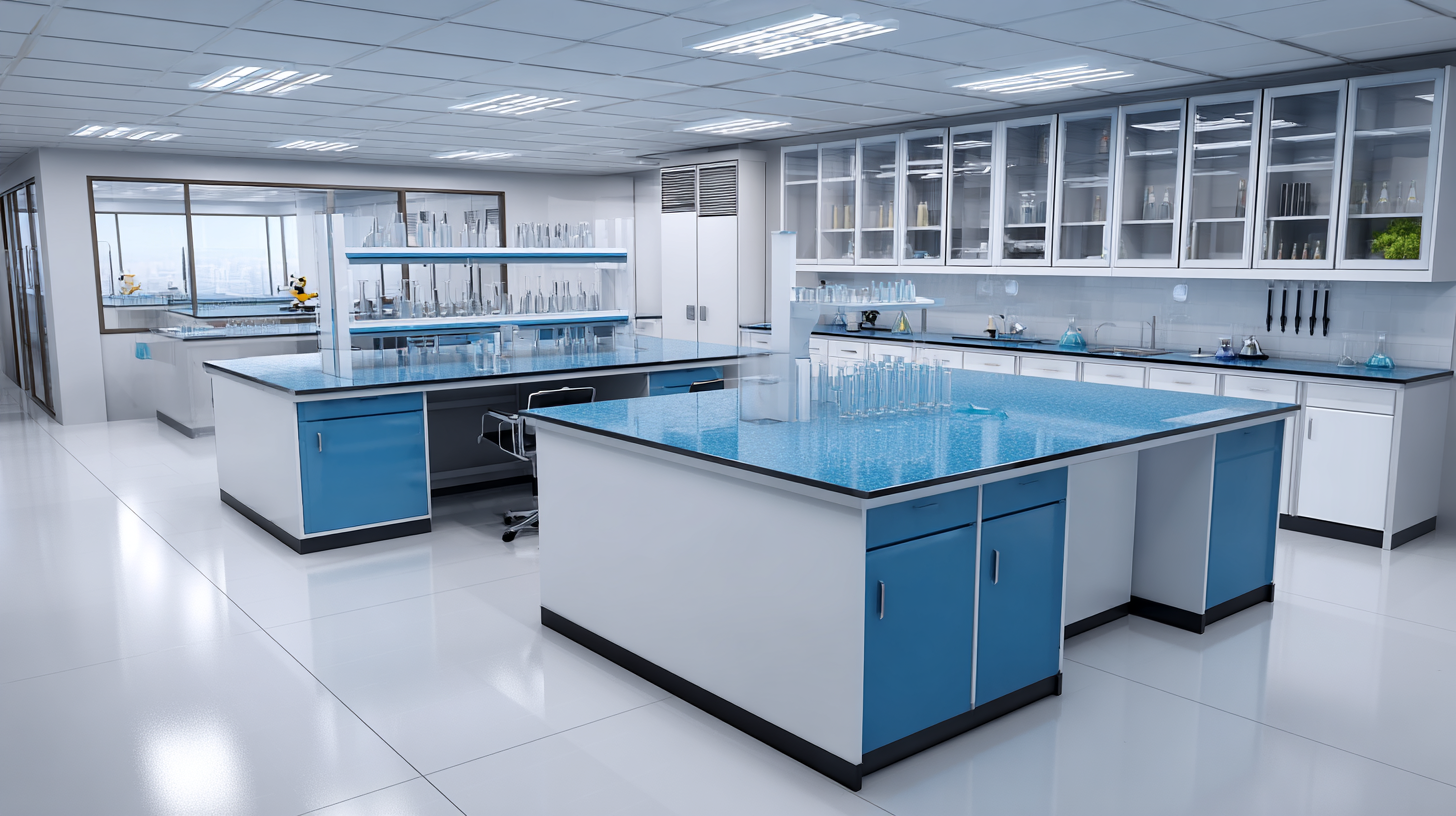
Chemistry lab furniture is specifically designed to meet the needs of classroom and research environments. Key components typically include lab benches, fume hoods, storage cabinets, and workstations. Lab benches are crucial as they provide a durable surface for experiments and must often be resistant to chemicals and heat. The design of these benches often incorporates features such as integrated services like sinks and gas outlets, which enhance their functionality and safety.
Fume hoods play a vital role in maintaining air quality by ventilating hazardous fumes away from the work area. This essential piece of equipment is engineered to protect users from inhalation of toxic substances while allowing safe handling of volatile materials. Additionally, storage cabinets are essential for organizing hazardous materials, ensuring they are secured and easily accessible. The thoughtful arrangement of these essential elements not only promotes efficiency but also fosters a safer working environment, making chemistry lab furniture a cornerstone of any laboratory setup.
| Component | Description | Material Used | Current Trends |
|---|---|---|---|
| Laboratory Workbenches | Sturdy surfaces for conducting experiments and storing equipment. | Epoxy resin, laminate, stainless steel. | Increasing focus on ergonomic designs and sustainable materials. |
| Storage Cabinets | Used for safely storing chemicals and equipment. | Metal, wood, PVC. | Adoption of smart storage solutions with inventory tracking. |
| Fume Hoods | Provide a ventilated space for hazardous experiments. | Stainless steel, glass. | Focus on energy efficiency and improved airflow designs. |
| Sinks and Waste Disposal | Essential for washing and safe disposal of chemicals. | Stainless steel, ceramic. | Integration of eco-friendly waste management solutions. |
| Seating and Stools | Adjustable seating for comfort during long working hours. | Plastic, fabric, metal. | Growing interest in ergonomic and adjustable seating options. |
Chemistry lab furniture is critical for ensuring both safety and functionality in modern laboratories. Essential features such as chemical resistance, ergonomic design, and modular configurations are increasingly prioritized in laboratory settings. According to a 2021 report from Transparency Market Research, the global laboratory furniture market is projected to reach $5 billion by 2026, underlining the importance of investing in high-quality lab furnishings that meet contemporary demands.
Modern laboratories require furniture that accommodates advanced equipment while promoting an efficient workflow. Key elements include adjustable height workbenches that enhance ergonomics and reduce strain during prolonged use. Additionally, the use of materials like epoxy resin and stainless steel is vital due to their durability and resistance to corrosive chemicals. The American National Standards Institute (ANSI) emphasizes that lab furnishings must comply with safety regulations to minimize risks associated with chemical exposure, thus reinforcing the necessity for thoughtfully designed chemistry lab furniture that meets these standards.
Chemistry lab furniture is crafted to support the unique needs of scientific environments, and the materials chosen for its construction significantly influence both functionality and safety. Common materials include epoxy resin, stainless steel, and laminate. Epoxy resin is known for its remarkable chemical resistance and durability, making it an ideal choice for countertops that are frequently exposed to hazardous substances. However, it can be more expensive than other materials, which might pose a challenge for budget-conscious institutions.
Stainless steel is another popular choice due to its robustness and easy maintenance. It resists rust and corrosion, ensuring longevity even in demanding laboratory conditions. Despite its advantages, stainless steel can be prone to scratches and may not provide the best thermal insulation compared to other materials. Laminate, on the other hand, offers a cost-effective solution with a variety of aesthetic finishes. While it is less resistant to harsh chemicals than epoxy or stainless steel, its lightweight nature and easy installation make it a favored option for many labs. Each material has its pros and cons, allowing laboratories to tailor their furniture choices to meet specific needs and regulatory standards.
As we look into 2023, the chemistry lab furniture market reflects a growing trend towards customization and innovation driven by the evolving needs of the industry. The global customized furniture market is projected to expand significantly, from USD 39.55 billion in 2025 to USD 98.27 billion by 2033, indicating a robust CAGR of 12.05%. This growth can be attributed to the increasing demand for tailored solutions that enhance laboratory efficiency and safety.
Moreover, the stability of the chemical production sector amid weak recovery indicators in key end-use markets highlights the essential role of well-designed lab environments. The integration of analytical instruments in laboratories, projected to reach USD 73.9 billion by 2028, emphasizes the need for supportive furniture that accommodates advanced technologies. As such, companies are likely to focus on ergonomic designs that not only optimize space but also promote safety and accessibility.
**Tip:** When selecting chemistry lab furniture, consider customizable options that adapt to specific workflows and equipment requirements. Ensuring that your lab layout accommodates future changes is critical for maintaining operational efficiency. Additionally, pay attention to materials and designs that enhance durability and safety, contributing to a long-term investment in laboratory productivity.
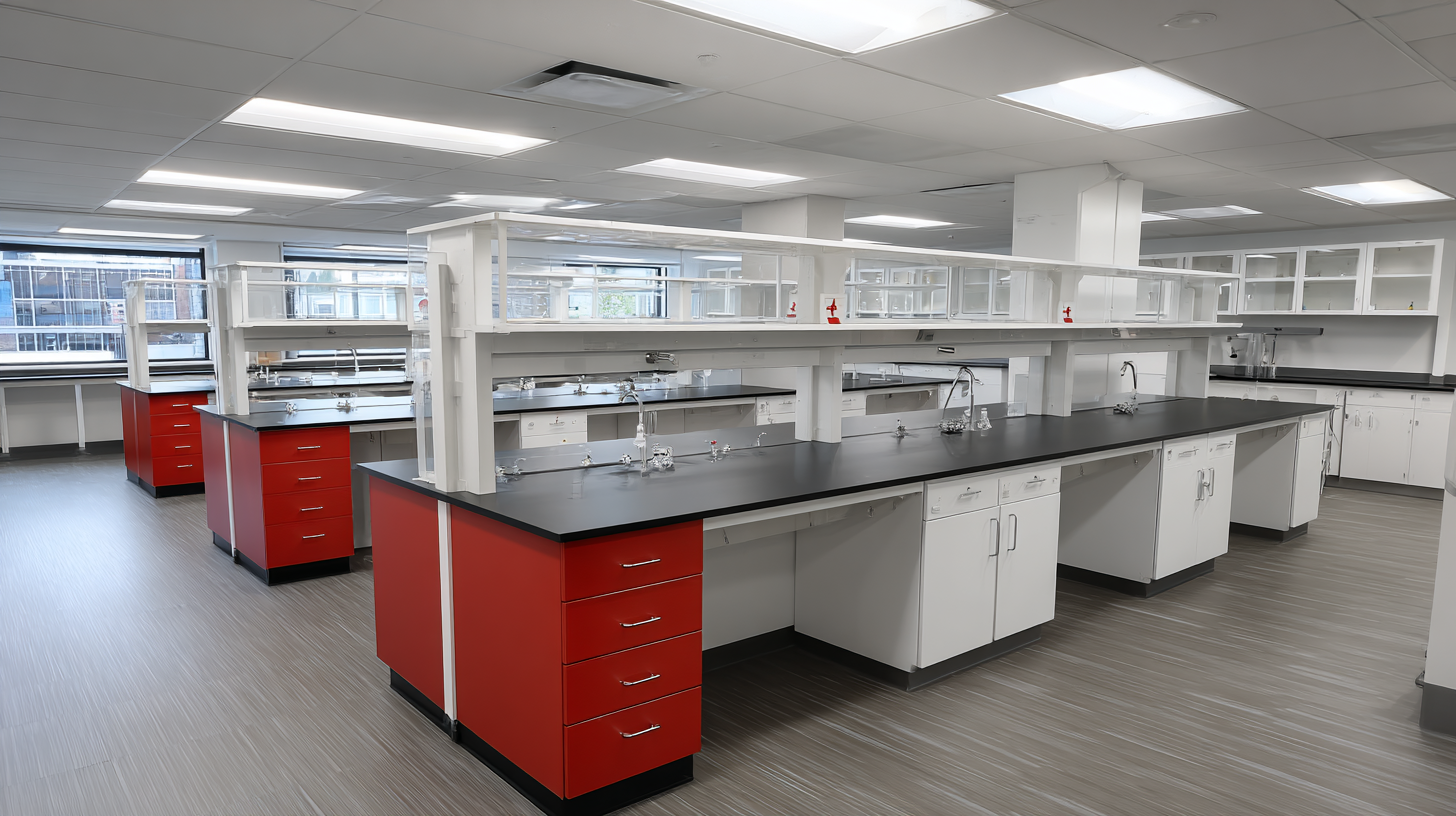
The design and usage of chemistry lab furniture are critical in ensuring a safe and efficient working environment. One significant aspect of safety considerations involves the selection of materials that are resistant to various chemicals. Furniture made from non-corrosive substances, such as epoxy resin or stainless steel, minimizes the risk of damage and contamination. Furthermore, surfaces should be easy to clean and maintain, which helps in preventing hazardous buildups and spills that could compromise laboratory safety.
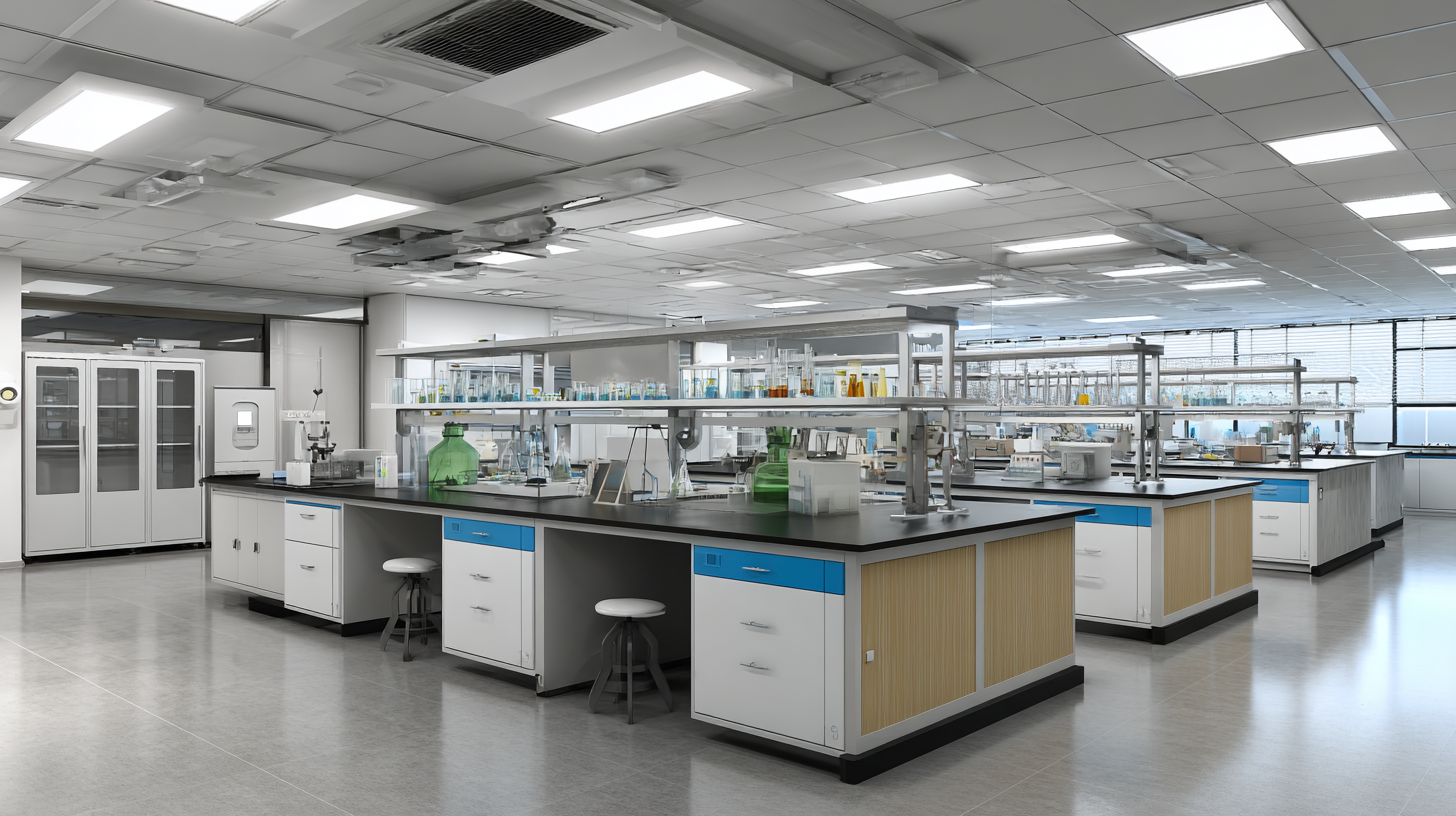
In addition to materials, ergonomic design plays an essential role in safety. Furniture should be adjustable to accommodate a variety of body types and working heights, reducing the risk of strain or injury for lab personnel. Adequate space for movement and equipment placement is also important to prevent accidents caused by overcrowding. Utilizing features like rounded edges and slip-resistant flooring further enhances safety. Incorporating these design elements not only complies with industry regulations but also fosters a culture of safety in the laboratory environment, ultimately contributing to more effective research and experimentation.
